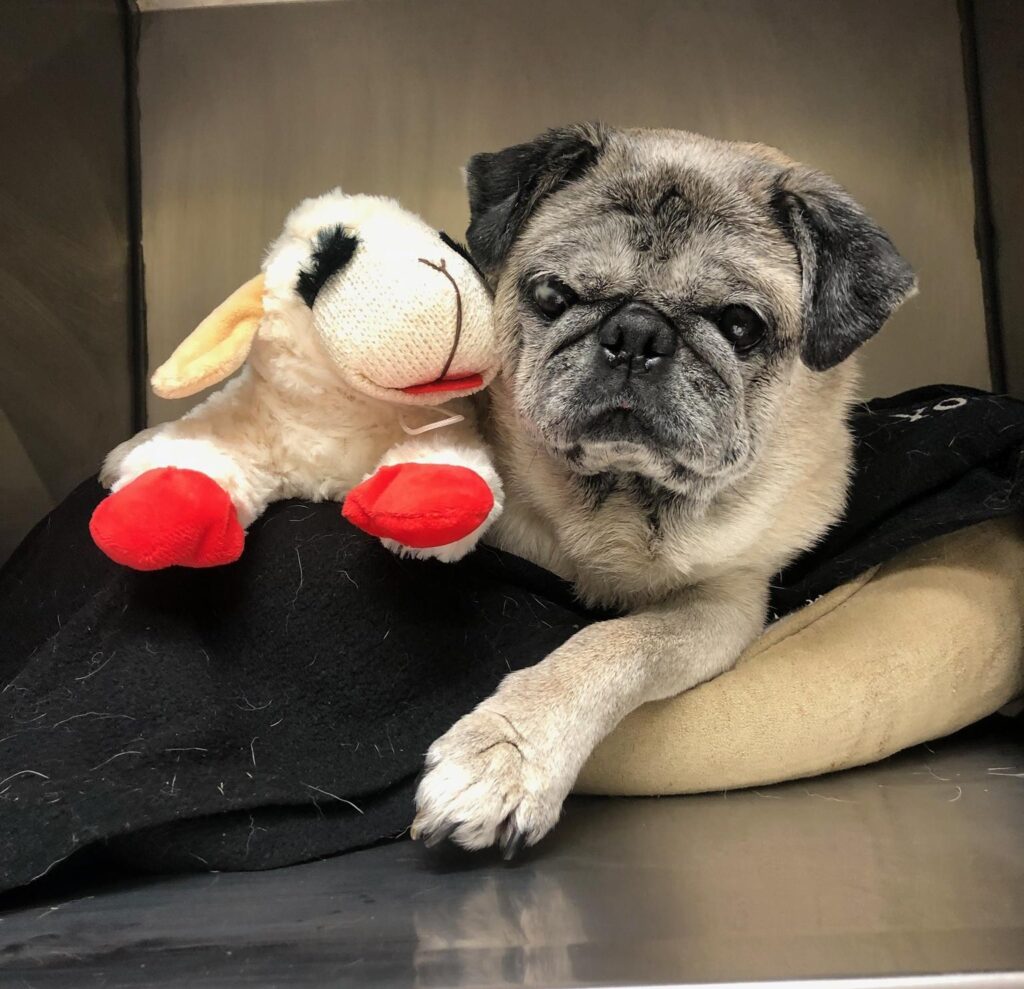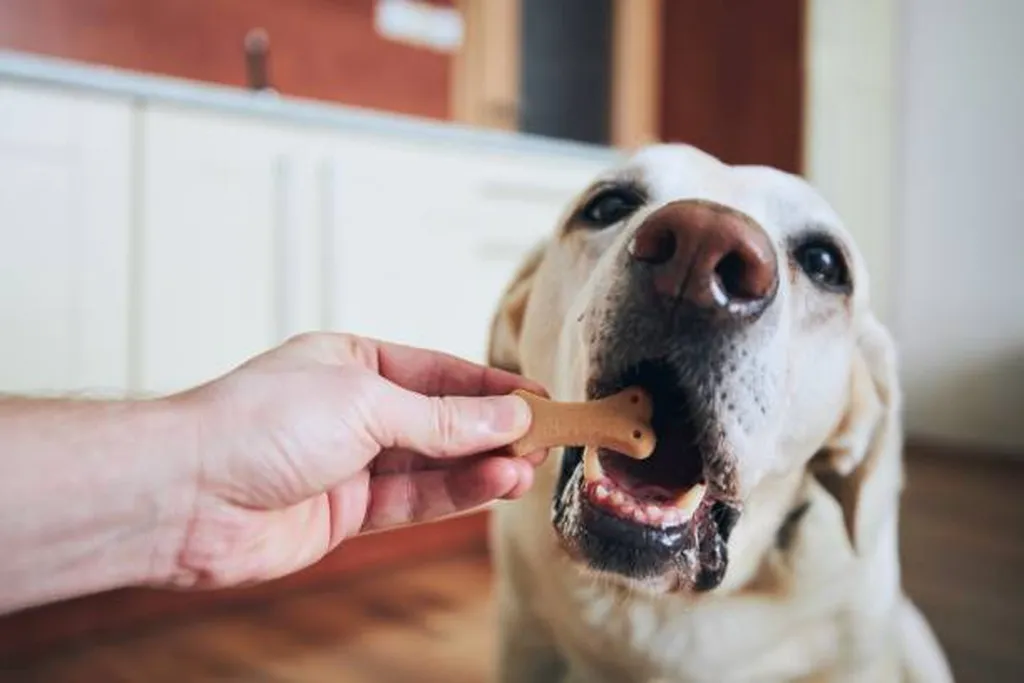Although fleas and other pests are a year round problem, they are especially prevalent beginning in the spring when temperatures begin to rise. After first finding fleas on your pet or in your home, a shocked response typically follows. Knowing the correct steps to take is crucial for getting fleas off your pet, and out of your home, as quickly as possible.
Controlling Fleas
There are two main elements when it comes to flea control:
- Eliminating fleas from your pet
- Controlling fleas in your environment
First, it is important that all pets in your home are on a flea preventative. Today, treating your pet for fleas has never been easier. The advances in flea products make them effective and cost efficient when compared to successive flea dipping from the past. With the many choices we have today, your veterinarian can determine the product that will be safest and most effective for the type of pet you have.
Although the concept of fleas may seem simple, the process for removing them from your environment can be complex. To help us understand fleas and the type of action that is needed to be taken, we must first understand the flea life cycle beginning with the flea eggs and how they mature into adults.
The Circle of Fleas!
Flea Eggs
Whitish, about 1/32” in length and are laid by the adult flea after taking a blood meal from their host. The eggs are initially laid on the dog’s skin but fall off into the environment to continue their life cycle.
Flea eggs constitute approximately 50% of the total flea population. Eggs may hatch in as little as 14 to 28 days, depending on environmental conditions. High humidity and temperature favor rapid hatching! This unfortunately makes Houston a place where fleas can thrive if not controlled properly.
Flea Larvae
Larvae are about 1/8” to 1/4” in length. They feed on debris found in their environment and on adult flea feces. They dislike light and move deep into carpet fibers or bedding, under furniture, organic debris, grass, branches, leaves and soil. Our climate-controlled homes offer an ideal environment for the flea larvae to thrive.
Flea Pupae
Flea Pupae have a protective silk-like cocoon that is sticky. It quickly becomes coated with grime and debris, which acts as a useful camouflage. With warmth and humidity, pupae become adult fleas in 5-10 days. The adults do not emerge from the cocoon unless stimulated by physical pressure, carbon dioxide or heat.
This is important since once fleas emerge from the cocoon they can only exist for a few days unless they are able to feed. Pre-emergent adult fleas can survive within the cocoon for up to 9 months. During this time they are resistant to insecticides applied to the environment. This is important to remember because adult fleas may emerge into the environment a considerable time after you apply insecticides in your home.
Flea Adults
Once they emerge, the flea adult is attracted to light and heads to the surface in order to encounter a passing host to feed upon. Two days after the first blood meal, female fleas begin egg production. In normal circumstances the adult female will live up to three weeks, laying approximately 40 eggs per day. The entire life cycle, from egg to adult flea can be completed in 14-28 days depending on environmental conditions.
Fleas can cause anemia in heavy infestations, especially in young or debilitated dogs. A single female flea can take up to 15 times her body weight in blood over the several weeks of her adult life! In addition, fleas can carry several diseases, including plague, and also act as vectors to spread one of the most common tapeworms of the dog and cat.
Taking Action Against Fleas
Successful flea control includes treating both the environment as well as your pet. Be sure to consult your veterinarian for them to help you with determining the most effective and safe flea removing strategy and products for using in your home and on your pet.
Oak Forest Veterinary Clinic would like to wish you a sunny, pleasant and pest free spring and summer!


